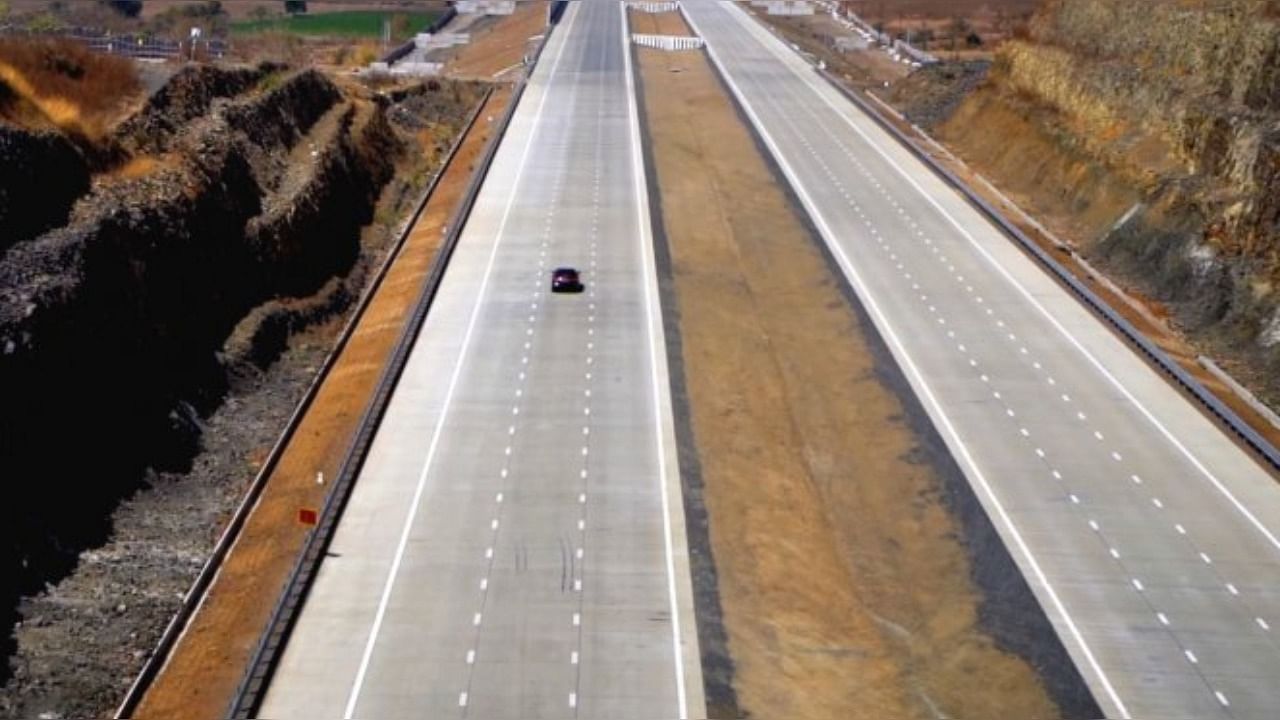
The much-awaited Nagpur-Mumbai Super Communication Expressway - the country’s longest Greenfield road project - will be inaugurated by Prime Minister Narendra Modi on December 11.
This new Expressway connects Mumbai to Nagpur, the winter capital of the state and the hub of the Vidarbha region and central India.
The Hindu Hrudaysamrat Balasaheb Thackeray Maharashtra Samruddhi Mahamarg - as it is formally known - is one of the most ambitious road projects ever undertaken in India - a six-lane access controlled highway.
This is the second Expressway in the state after the Mumbai-Pune Expressway or E-Way, formally known as Yashwantrao Chavan Expressway.
Deputy Chief Minister Devendra Fadnavis said that Modi would inaugurate the project on December 11.
“Modi will be inaugurating the Nagpur-Mumbai Samruddhi Expressway. He will inaugurate the 500-km stretch from Nagpur to Shirdi, which has been completed, and the remaining stretch will be completed in six months, which will connect Shirdi to Mumbai,” Fadnavis said.
The 701 km Nagpur-Mumbai Super Communication Expressway was launched when Fadnavis was Chief Minister between 2014-19 when he headed the BJP-Shiv Sena government.
Maharashtra Chief Minister Eknath Shinde had overseen the implementation as the Urban Development Minister in the Fadnavis-government and later in the Uddhav Thackeray-led Maha Vikas Aghadi government.
The Expressway passes through ten districts Nagpur, Wardha, Amravati, Washim, Buldhana, Aurangabad, Jalna, Ahmednagar, Nashik and Thane.
It will connect Nagpur to Mumbai and have direct connectivity with the country’s largest container port JNPT. This will enhance EXIM trade in the state.
Inter-connecting highways and feeder roads would be constructed to connect all important cities and tourist places along this route.
This will connect another fourteen districts Chandrapur, Bhandara, Gondia, Gadchiroli, Yavatmal, Akola, Hingoli, Parbhani, Nanded, Beed, Dhule, Jalgaon, Palghar and Raigad.
In this manner, a total of twenty-four districts in Maharashtra will be connected via this Expressway.
Major tourist destinations in the state will also be connected to the expressway.
It will connect several industrial areas, the Delhi-Mumbai Industrial Corridor (DMIC), the Western Dedicated Freight Corridor (WDFC), and the dry ports of Wardha and Jalna.
The Expressway, having a total width of 120 metres with a central median of 22.5 metres follows international standards of design. There will be 8 lanes, 4 on each side. In case there is a need to increase lanes on either side, a provision has been made in the centre of the expressway. It will have service roads on both sides that will connect through underpasses.
It will have around 50+ flyovers, 24+ interchanges, more than 5 tunnels, 400+ vehicular and 300+ pedestrian underpasses provided at strategic locations. It has multiple underpasses and overpasses for wild animals.
It will have a speed limit of 150 km which will bring Nagpur and Mumbai within 8 hours reach. Thus, travel time from Mumbai to Aurangabad will be 4 hours and from Aurangabad to Nagpur, another 4 hours.